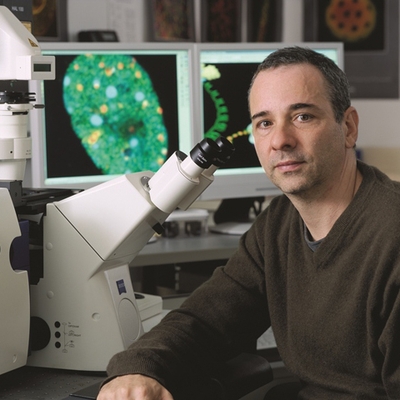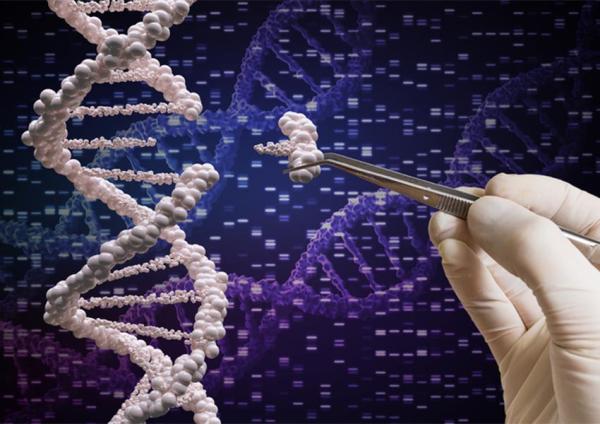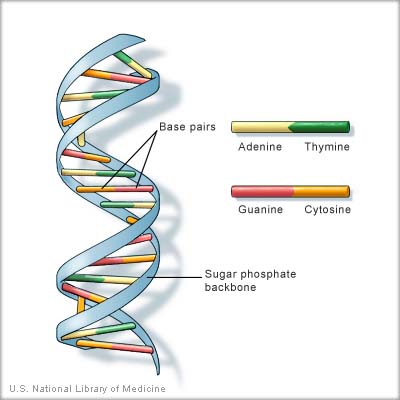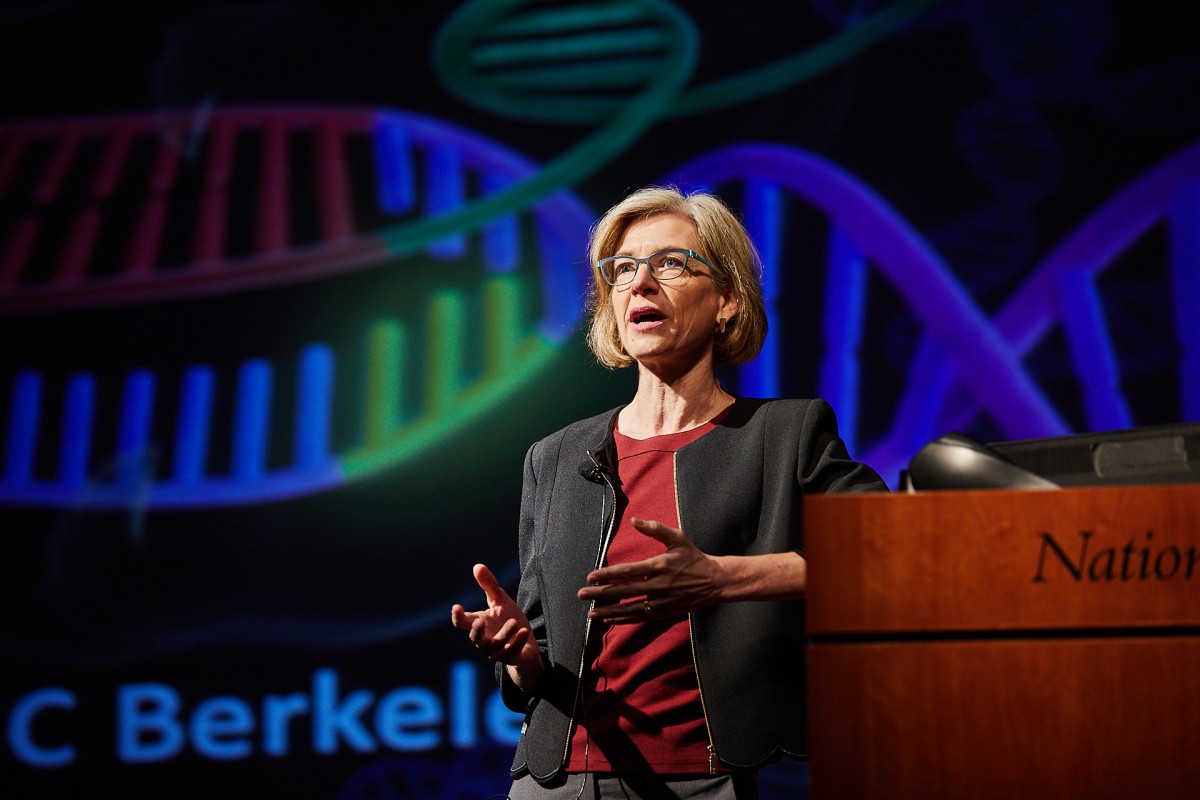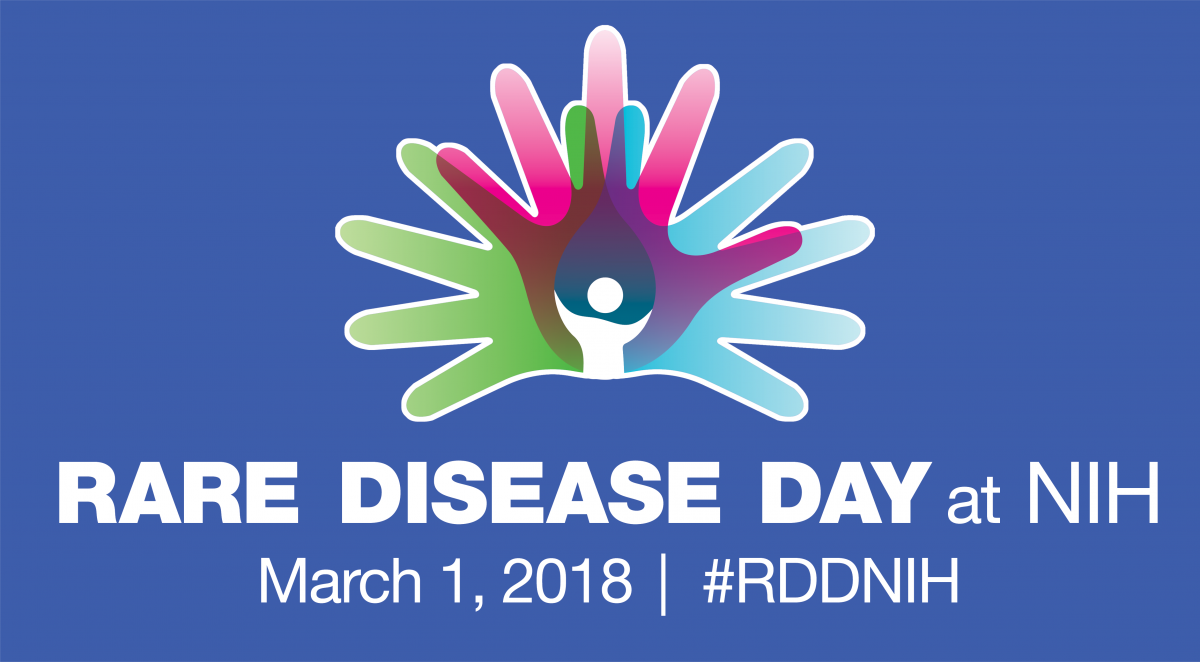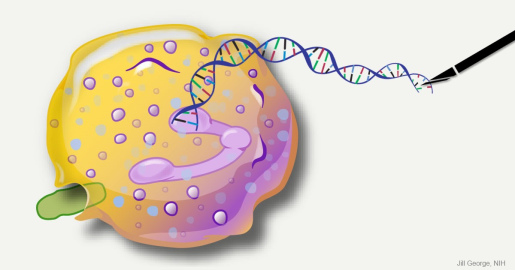Out of the Clinic and Into the Lab
Visiting Medical Students Look Back on IRP Research Experience
When patients are affected by complex and poorly understood medical problems, it can only be an advantage when their doctors have one foot in the exam room and another in a laboratory studying the disease. However, physicians don’t accrue scientific skills on their own. Rather, they often must venture outside of their medical education to gain experience in research via programs like NIH’s Medical Research Scholars Program (MRSP).
The MRSP allows medical students from across the United States to spend a year working in IRP labs alongside seasoned scientists. The 50 medical students and one dental student selected as 2022 Medical Research Scholars recently finished their time at NIH after arriving on campus last July. Between classes, clinical rounds, study sessions, and exams, five of those young men and women found the time to describe their experience at NIH to the “I Am Intramural” blog, so read on to get a taste of what the MRSP has to offer our nation’s aspiring physicians.



